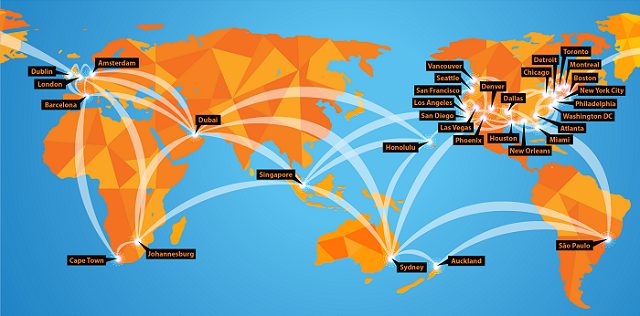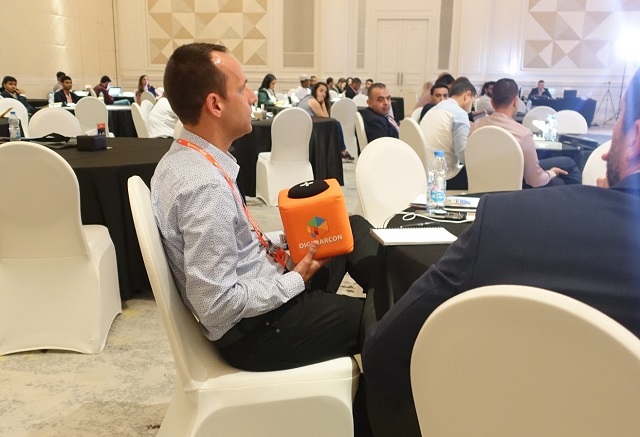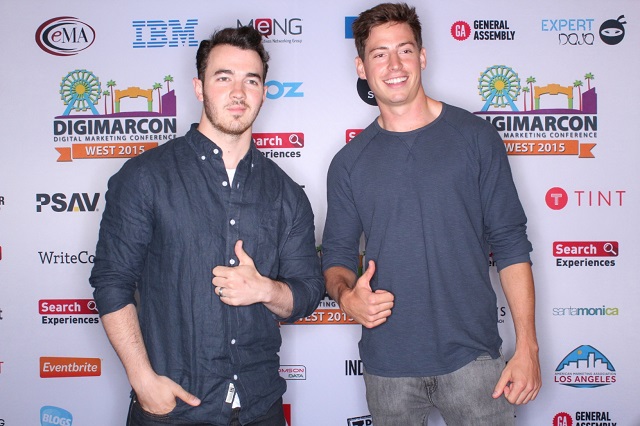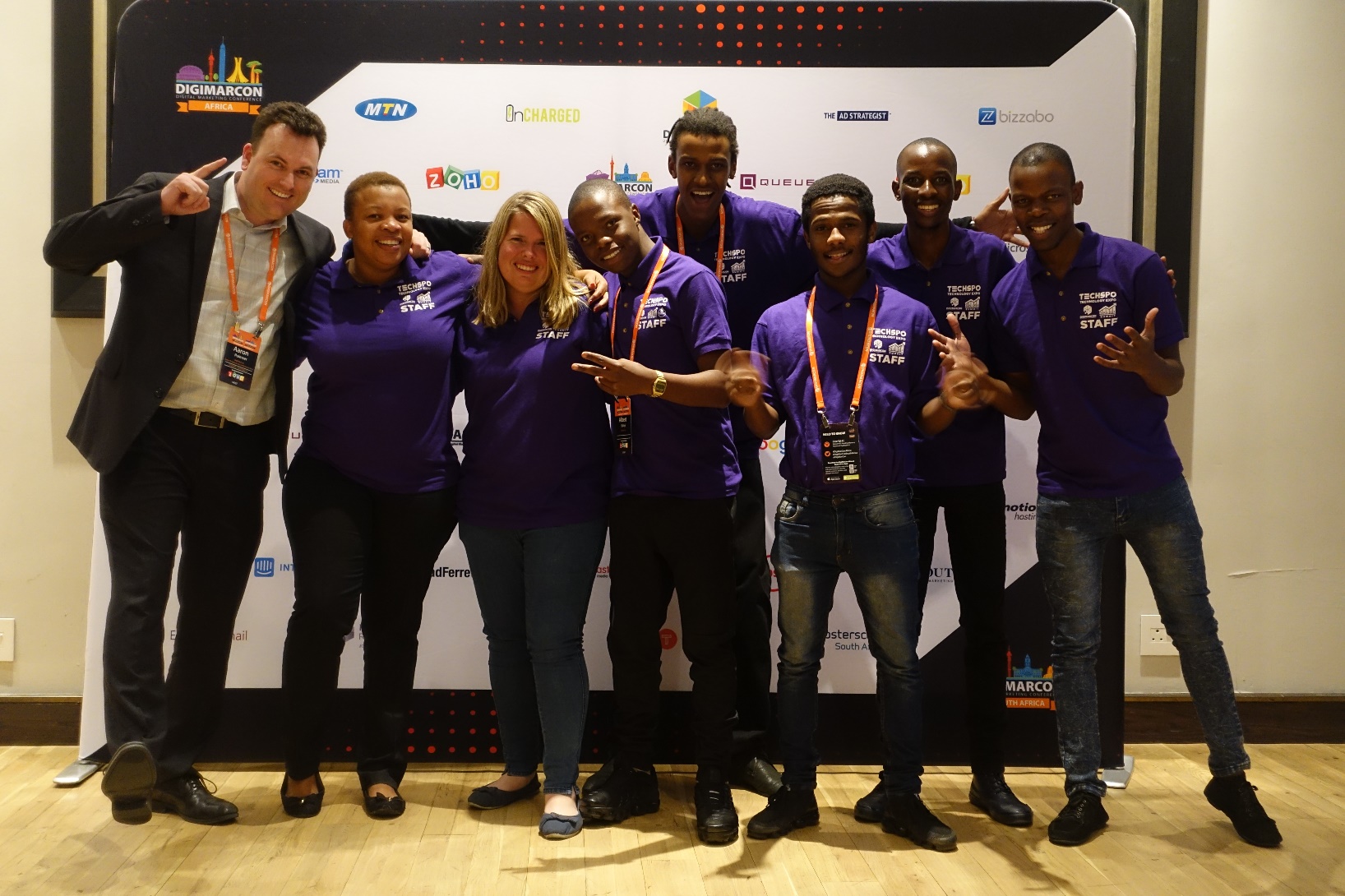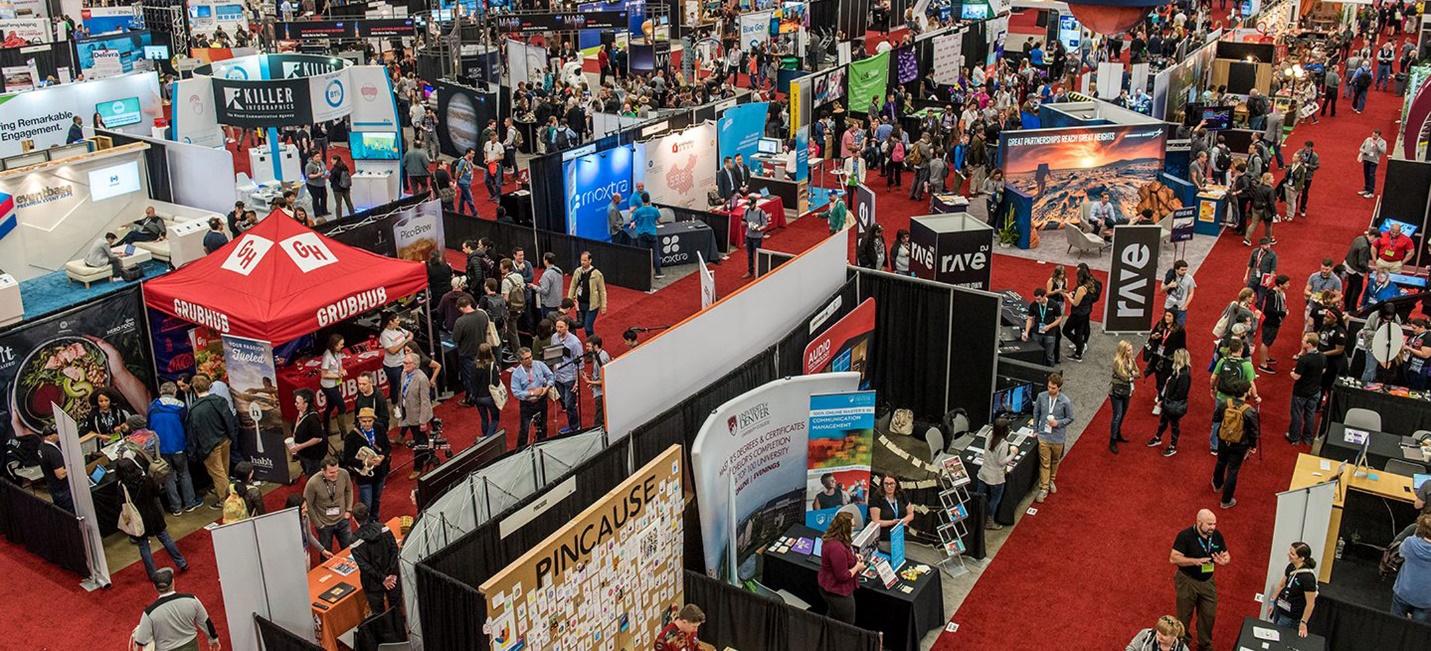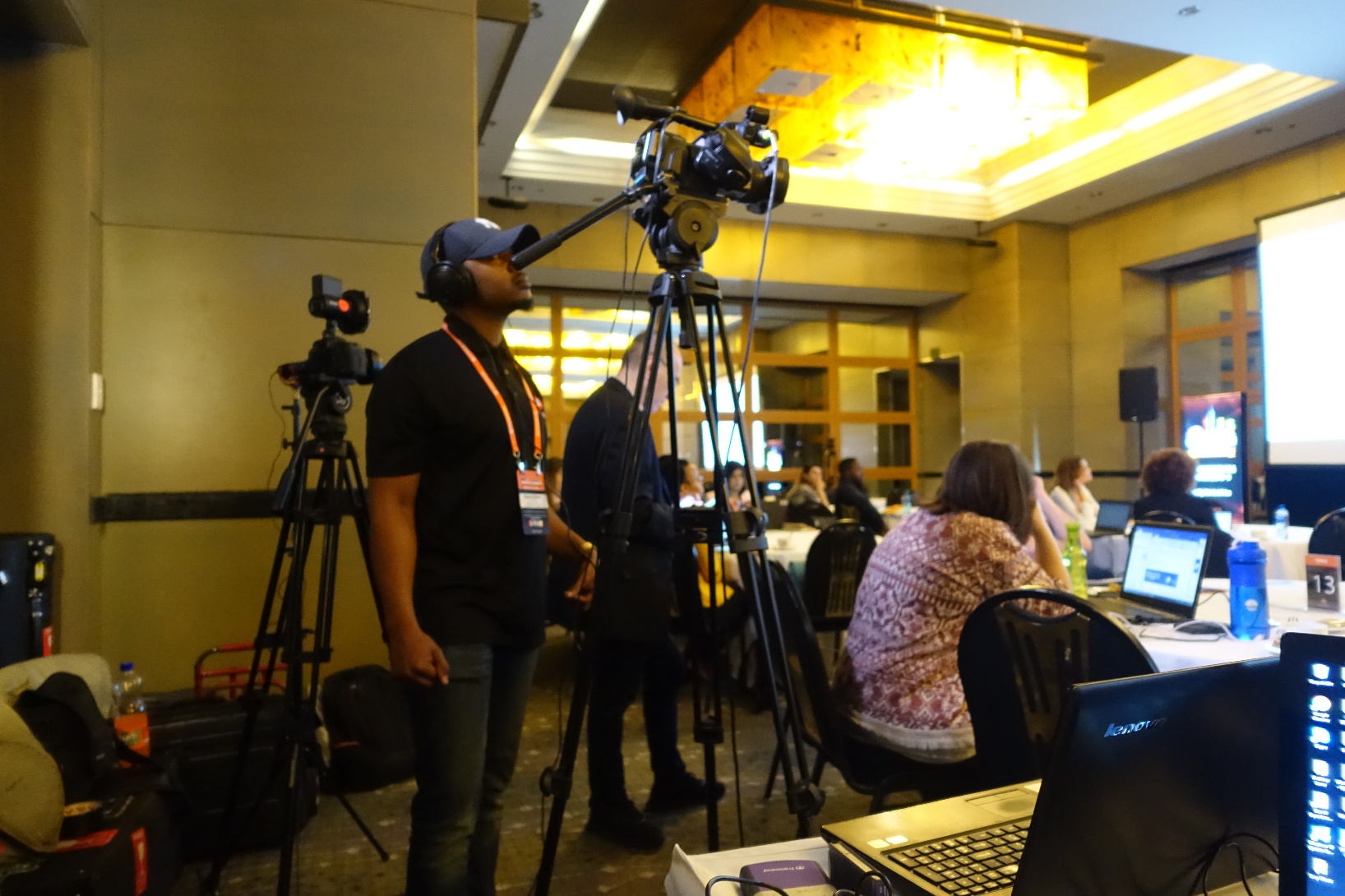How the Financial Times keeps up editorial experimentation
All publications are under the gun, and the first things to get cut are usually experimental. To help guard against that, the FT last year brought on a “special projects” editor, Robin Kwong, charged with leading temporary experiments that don’t always lead to a permanent product.
These experiments include everything from posting original content native to Facebook to live streaming video in 360 degrees. As the experiments operate in an ad hoc fashion, Kwong often works with different teams on a temporary basis. The role sits somewhere in the middle of an effective editor and a commercially minded product manager.
“Most reporters — especially the organized ones — will have a column of broken dreams, ideas they want to do but they don’t fit anywhere and they don’t have anyone to help with it,” Kwong said. After feeling frustrated that there was no one leading the charge on these irregular projects, Kwong, a former interactive journalist at the FT, moved into the role to give more structure to these experiments.
“There’s always the core of an idea of something we want to achieve, but translating that into the end product and discussing who else needs to be involved, that’s where I come in,” he said.
Some special projects are tied in with the newsroom’s priorities. One experiment was to live stream in 360-degree video the moment when Nigel Farage, head of the campaign for the U.K. to leave the EU, found out the results of the referendum.
“In terms of outcomes, it was an abject failure,” said Kwong. “In terms of experiments, is was a resounding success.” After five seconds of low resolution and choppy images — thanks to sluggish Wi-Fi — they killed the stream. However, the FT was satisfied because it now has a detailed 12-point checklist it can use for any future 360-degree live streams. Some were simply small operational points, like an additional person is needed to field the YouTube comments, so turn them off if resource is low.
Other projects do become more permanent: The FT has started creating online hubs for article series and special projects like Robot Week (a series on features on robots) and a series on human trafficking. Insight gained from these led to the product team making improvements to topic pages on the new FT.com, which launched in October.
“Regardless of how readers arrived (through social, search, or direct), they then tend to want to just go from one interesting article to the next, rather than going to the landing page in between to hunt for the next piece they want to read,” he said. “A key design lesson here is that we need to put a lot of effort into thinking about how we guide people to the next story from the article page.”
Going forward, the FT plans to create more visual stories. But most of its reporters haven’t had to write storyboards. Inevitably this has forced a change in culture, process and workflow: Reporters have to do more pre-reporting and working with photographers even in the planning stages.
Source:: Digiday








